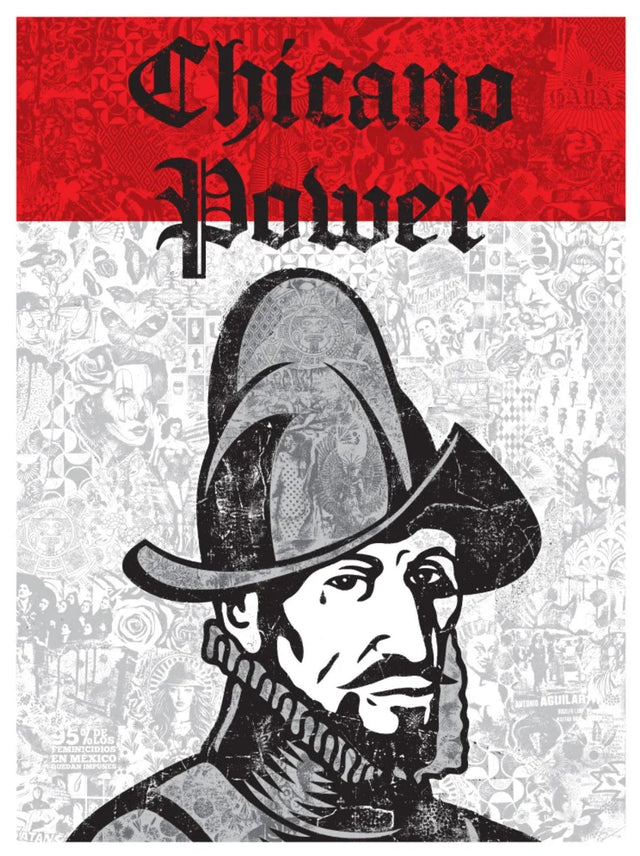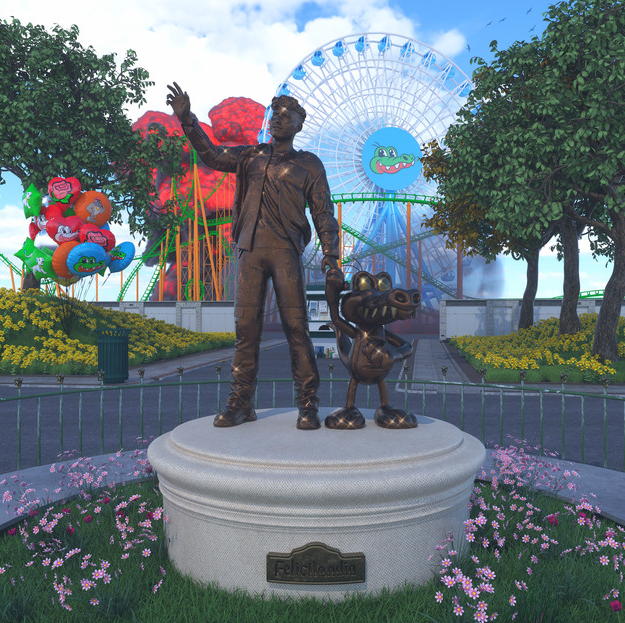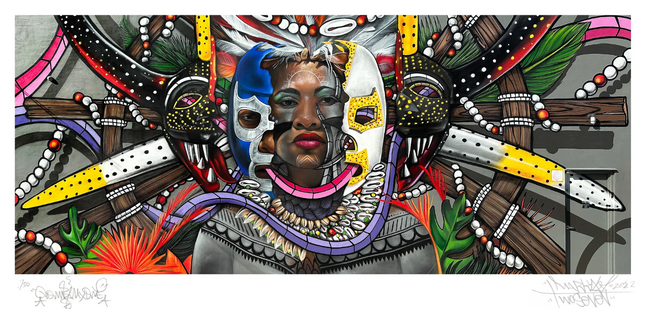
Latin

Alvaro Diaz Felicilandia Archival Print by Alvaro Diaz
Felicilandia Archival Print by Alvaro Diaz Limited Edition on Fine ARt Paper Pop Graffiti Street Art Artist Modern Artwork. 2021 Unsigned Print Limited Edition Artwork Size 12x12 Archival Pigment Fine Art of Alvaro Diaz's Famous Hip Hop Album Cover Felicilandia Depicting an Amusement Part With Alligator Mascot and Rapper Statue "Felicilandia Archival Print" is a remarkable work of art by Alvaro Diaz, an esteemed artist known for his intriguing blend of pop graffiti and street art. This limited-edition piece is an exceptional example of modern artwork that echoes the rich cultural narratives and vibrancies of urban environments. This 12x12 unsigned print, released in 2021, captures the multifaceted elements of urban culture and is crafted using archival pigment on fine art paper, ensuring the longevity and color fidelity of the artwork. In this piece, Diaz has effectively represented a renowned hip hop album cover, "Felicilandia." The artwork showcases an amusement park scene featuring an alligator mascot and a rapper statue, central figures that embody the vibrant energy and spirit of hip hop culture. The eccentric representation of these characters against the backdrop of an amusement park captures the whimsical yet powerful essence of hip hop, delivering a poignant commentary on popular culture. The visual appeal of this artwork is not merely confined to its vibrant colors and striking imagery. Diaz’s approach to street art and graffiti art is deeply rooted in contemporary sensibilities, borrowing elements from popular culture and infusing them with unique artistic expression. The "Felicilandia Archival Print" is an illustrative testament to this style. The unique blend of street, pop graffiti, and modern art in Alvaro Diaz’s work, as exemplified by the "Felicilandia Archival Print," sets it apart in the contemporary art world. This artwork, much like the rest of Diaz's portfolio, serves as an exploration of urban culture and the many stories it holds. Diaz's masterful handling of color, form, and space in this print creates an impactful visual narrative that resonates with viewers, making it a pivotal work in the realm of modern pop graffiti and street art.
$179.00

Marka27 Luchando Por Mi Patria Archival Print by Don Rimx x Marka27
Luchando Por Mi Patria Archival Print by Don Rimx x Marka27 Limited Edition on 290gsm Moab Entrada Bright Rag Fine Art Paper Pop Graffiti Street Art Artist Modern Artwork. 2022 Signed & Numbered Print Limited Edition of 50 Artwork Size 12x24 Archival Pigment Fine Art Over the years, Marka27 has gained a reputation for his ability to work across different mediums, his dedication to cultural representation, and his commitment to creating art that resonates with diverse audiences. His work continues to evolve, reflecting both his personal journey and the changing dynamics of the world around him. Don Rimx, whose real name is David Sepulveda, is a renowned street artist originally from Puerto Rico. Known for his intricate, large-scale murals, Don Rimx's work often showcases a blend of his Puerto Rican heritage and his deep interest in the human form.
$252.00



